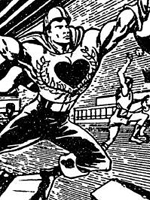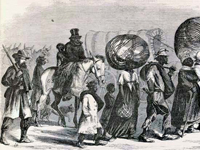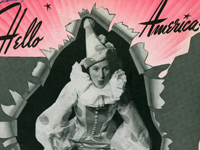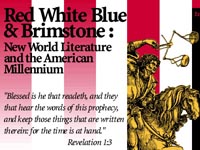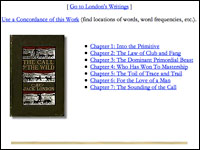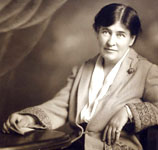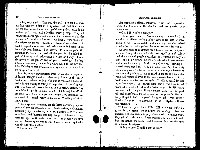Drafting the Documents of Independence
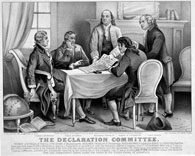
Eight documents and prints relating to the Declaration of Independence are presented, including a June 1826 letter from Thomas Jefferson to Roger C. Weightman. Other documents include a fragment of the "earliest known draft of the Declaration of Independence"; Thomas Jefferson's "'original Rough draught'" of the Declaration with later changes made by John Adams, Benjamin Franklin, and others; a portion of George Washington's copy of the "'Dunlap Broadside'" of the Declaration, read to his troops in New York on July 9, 1776; and a print showing Washington's troops reacting to the reading by destroying a statue of King George III.
The site also offers a 500-word background essay and a chronology of events from June 7, 1776, to January 18, 1777. The website is well-organized to present evidence of the Declaration's development and effect.
